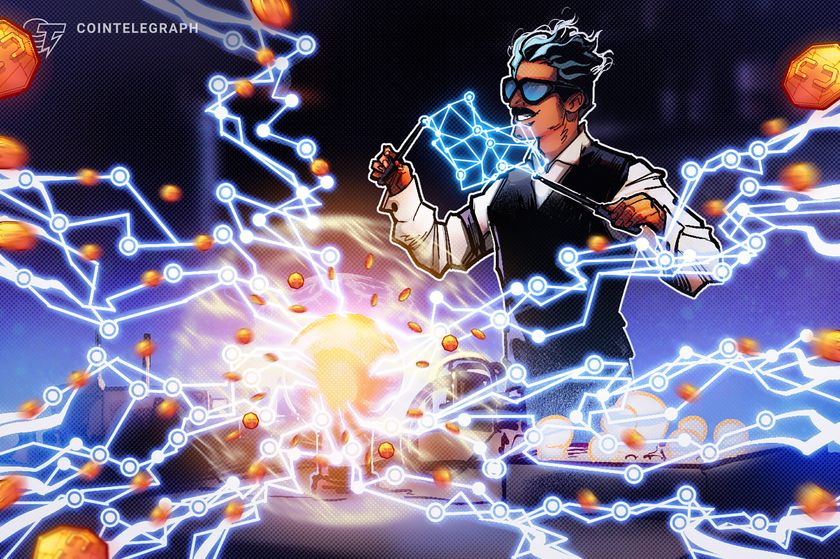
Running a Lightning Network node in 2025 can generate passive Bitcoin income, but success depends on capital, uptime and dynamic fee strategies.
The Lightning Network is Bitcoin’s most successful second-layer solution, a protocol built to handle rapid, ultra-low-cost transactions without clogging the main blockchain.
By linking users through a mesh of bidirectional payment channels — essentially offchain smart contracts secured by the Bitcoin blockchain — it allows participants to send and receive funds instantly. The network settles only when a channel is closed, minimizing onchain load and maximizing speed.

You can get bonuses upto $100 FREE BONUS when you:
💰 Install these recommended apps:
💲 SocialGood - 100% Crypto Back on Everyday Shopping
💲 xPortal - The DeFi For The Next Billion
💲 CryptoTab Browser - Lightweight, fast, and ready to mine!
💰 Register on these recommended exchanges:
🟡 Binance🟡 Bitfinex🟡 Bitmart🟡 Bittrex🟡 Bitget
🟡 CoinEx🟡 Crypto.com🟡 Gate.io🟡 Huobi🟡 Kucoin.

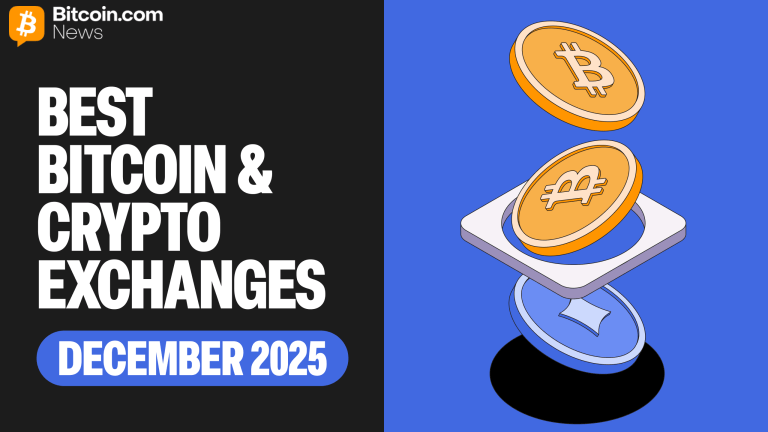

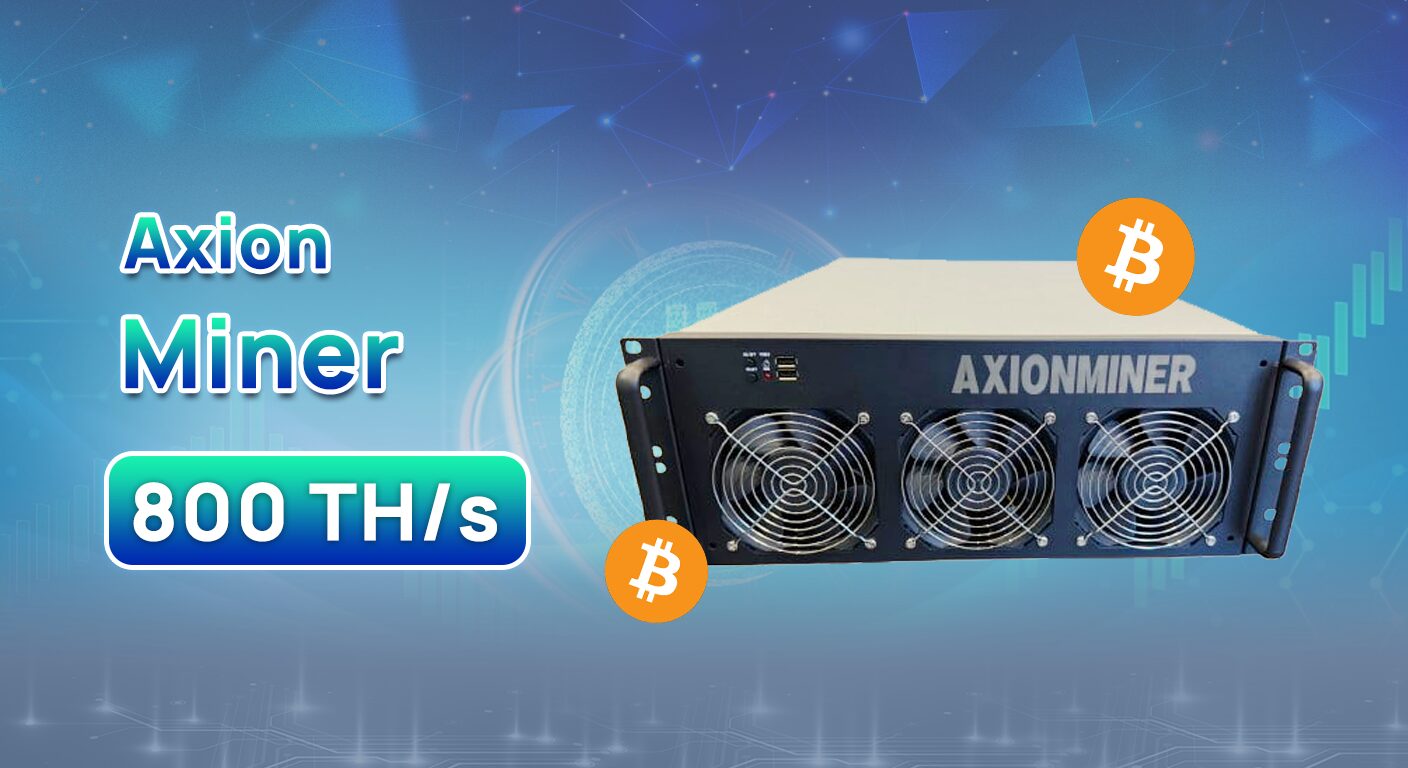
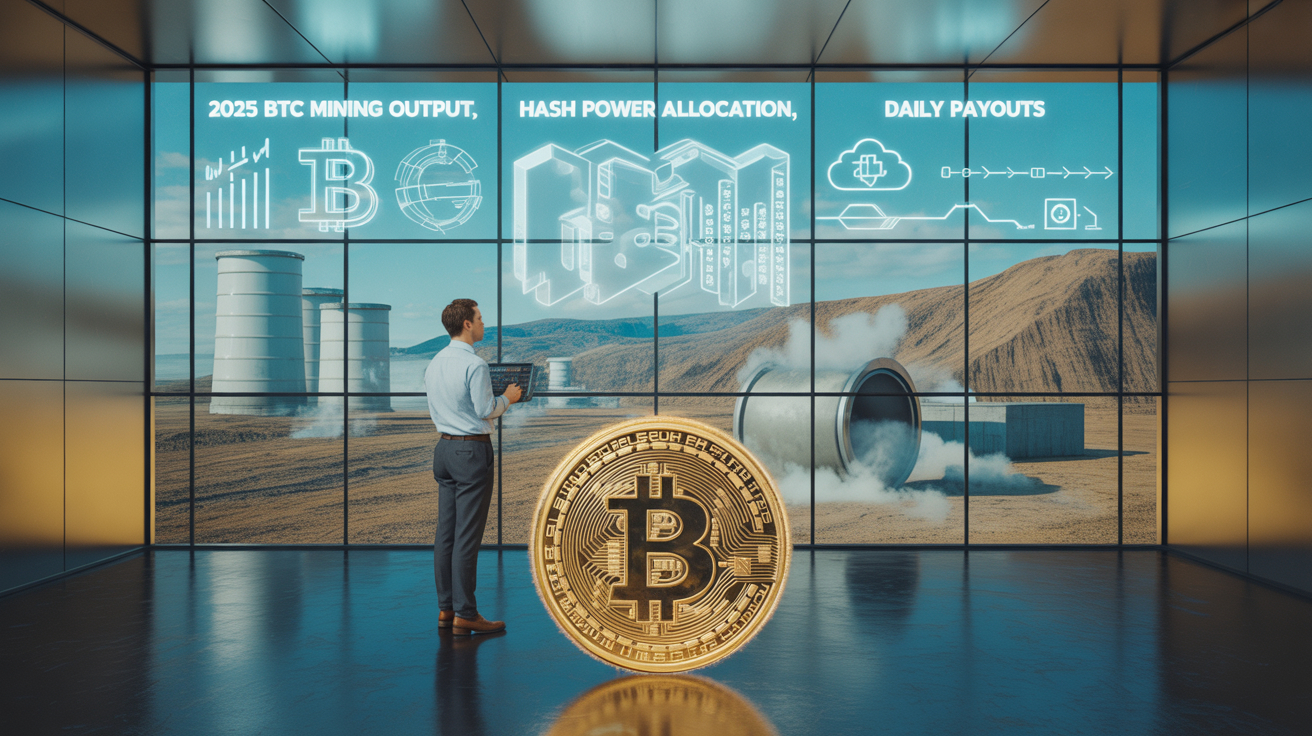
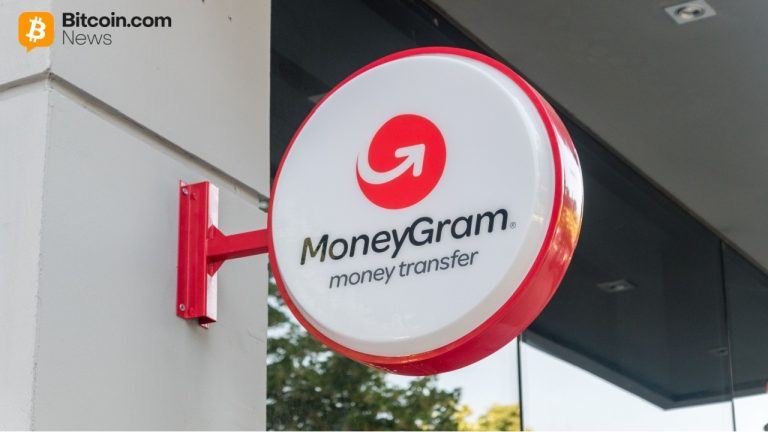




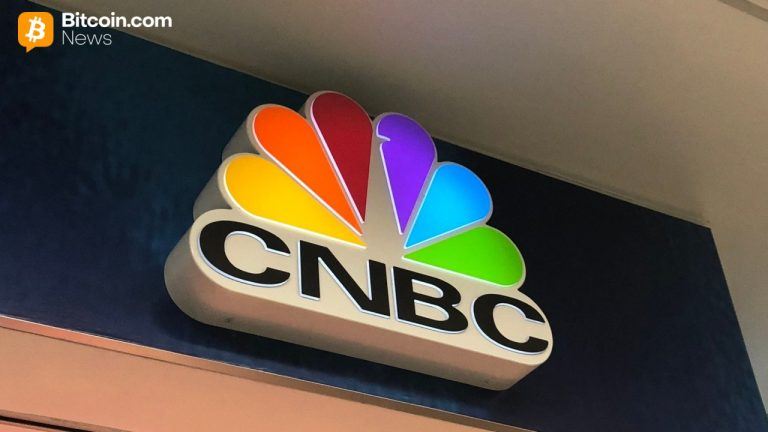




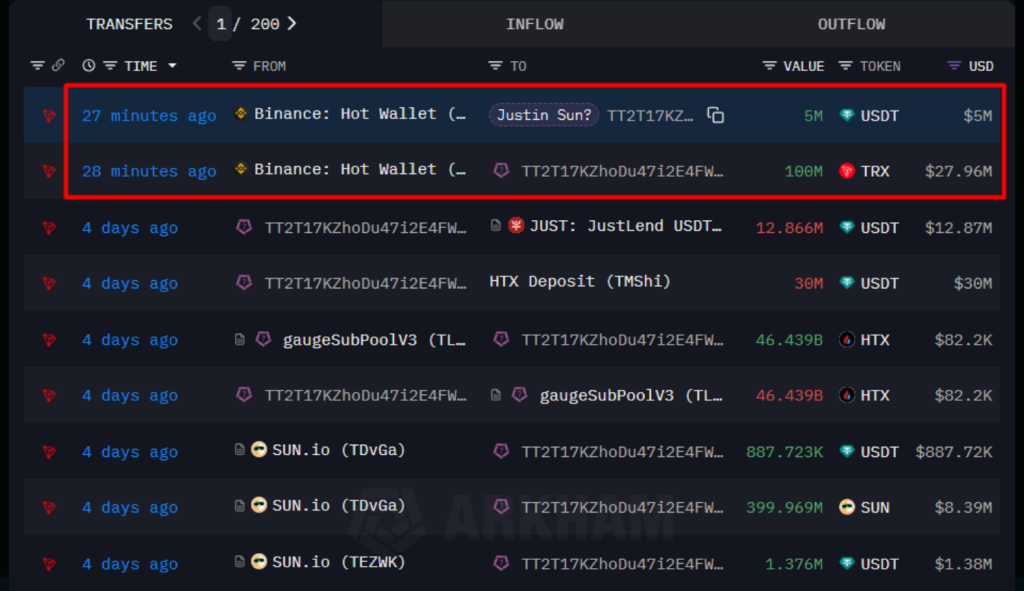
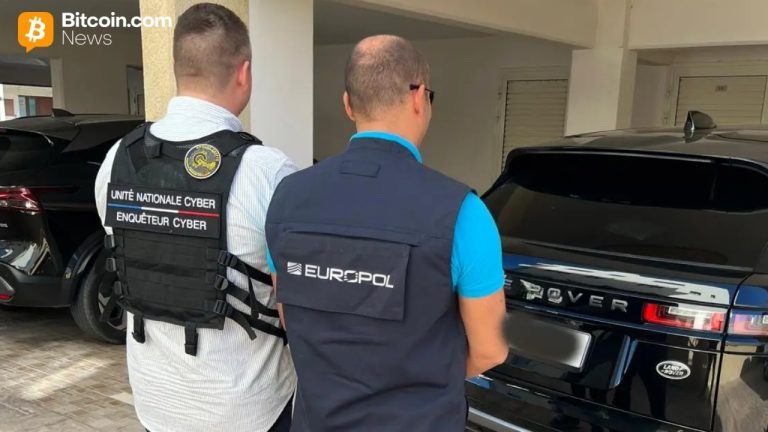

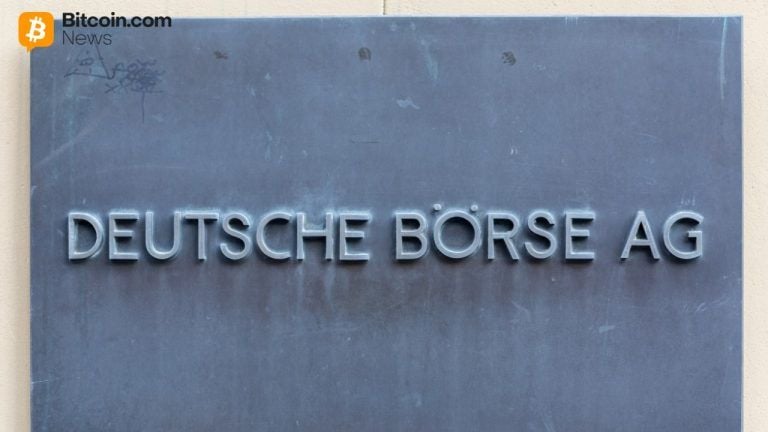

Comments